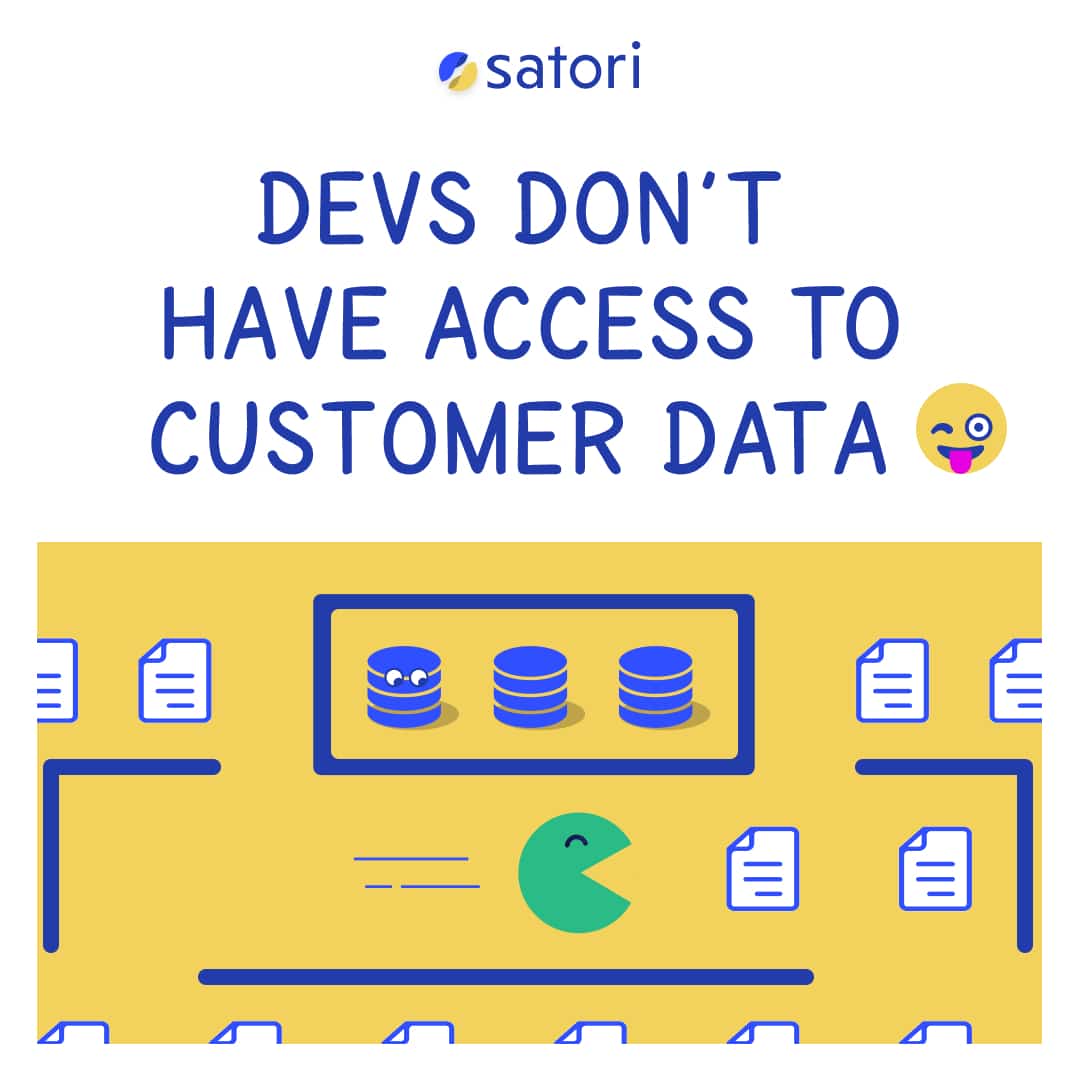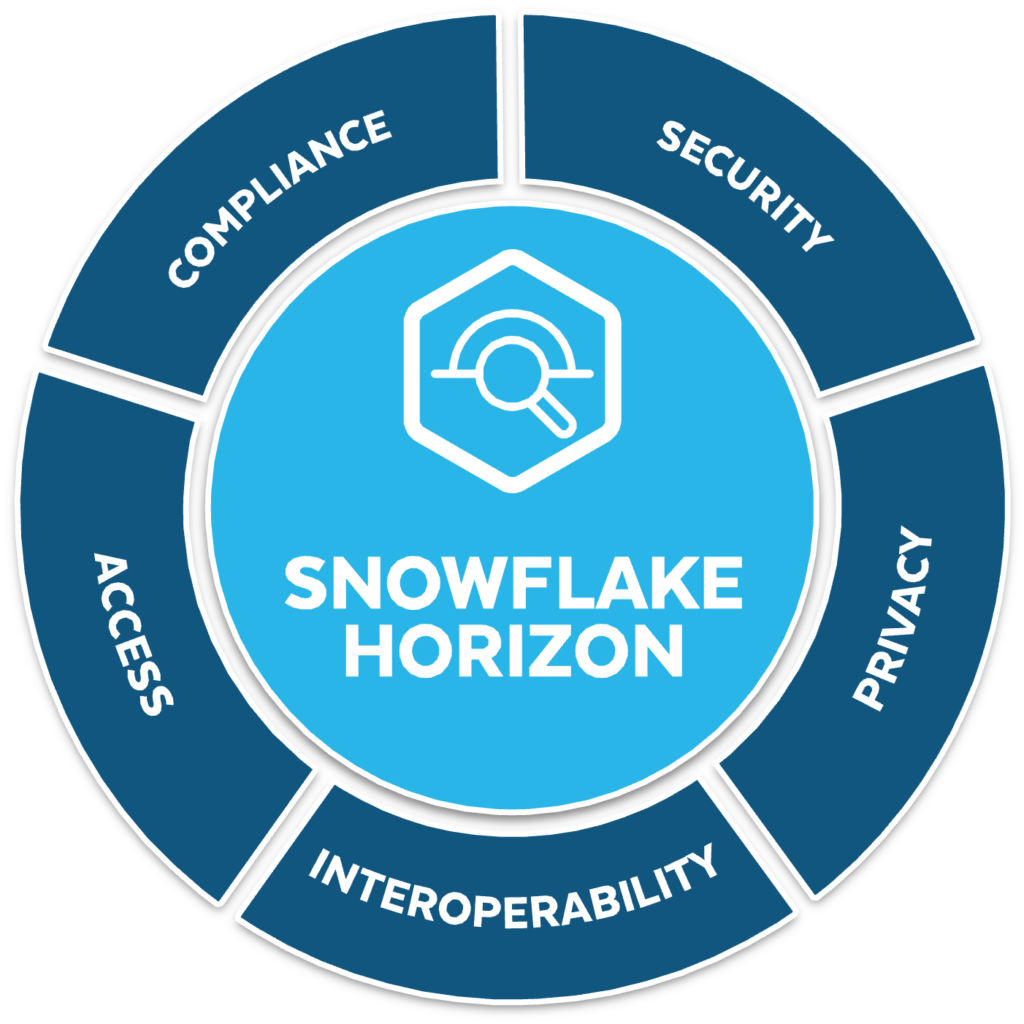With computers and the Internet, we have never had more access to data, nor has it been so easy to create, track, and analyze. Whatever your industry or profession, ever-evolving data powers the global economy, affecting everything from logistics and trade decisions to shaping ethics like privacy laws and data ownership.
Naturally, with so much information available, data security and governance are essential practices to ensure that sensitive data remains safe and secure and is used appropriately.
In this article, you will learn about:
What is Data Security?
Data security is precisely what it sounds like: a practice of keeping organizational data safe from all kinds of threats, including unauthorized remote and physical access, theft, and data corruption. Data security encompasses three domains:
- Data Confidentiality focuses on preventing unauthorized access to sensitive data by people both within and outside your organization.
- Data Integrity focuses on preventing unwanted editing, modification, or deletion of data – whether accidental or intentional.
- Data Availability focuses on access rights, ensuring that everyone who needs (and should have) access to the data can reach it while denying access to those who don’t and shouldn’t have access.
These domains together are referred to as the CIA Triad and serve as the backbone of modern data security practices. Some common forms of data security include encryption, data masking, authentication, access controls, erasure, and backups and recovery.
Since it is beneficial to have multiple layers of security, every organization has preferences, policies, and procedures to keep its sensitive data safe.
For more information, check out our complete guide on data security concepts.
What is Data Governance?
Where data security is the “what” behind keeping data safe, data governance is the “why.” As its name suggests, data governance accounts for all policies, procedures, and correct uses of an organization’s data and how it should be kept secure and compliant with local and international laws.
Data governance should not be confused with data management. The data governance structure determines data policies, while data management concerns how an organization enacts those policies.
The development and determination of policies and procedures that apply to data security are collectively called data security governance.
Why is Data Security Governance Important?
Data governance ensures that data meets five main criteria:
- protected
- reliable
- documented
- controlled
- evaluated
Data security governance, in turn, establishes organizational expectations for keeping sensitive information safe as well as the procedures to mitigate and react to any security threats.
Without data security governance, all security tools are uncoordinated. There is no framework for understanding how each tool works together, no guide to handling internal and external threats, or no accountability for when things go wrong. Naturally, the absence of data security governance can result in legal issues and fines as regulations such as GDPR and CCPA require organizations to store, protect, and interact with their users’ personal information in specific ways.
Needless to say, data security governance is necessary for any business that handles data.
For more information, check out our essential guide on data governance.
Examples of Data Security Governance
New Federal Consumer Data Law
As GDPR and CCPA have gained popularity, different countries have adopted their own versions of consumer privacy laws.
To ensure your organization complies with these regulations the data owners, data administrators, security team, and executives review the new rules and determine the necessary strategies.
Some of these strategies are likely to include updated access and authorization policies, automatic consumer data deletion after six months of non-activity, and a procedural outline for monthly security audits, all prescribed within the new laws.
Examining Physical Server Security
As a small business owner, you have a small server rack at the back of your main office. You receive a phone call from the building’s security company informing you that there was a break-in. After an investigation, nothing was stolen, but the case around the server rack has signs of tampering.
Concerned about the safety of the server, you move locations to a suite with a spare room that you use to house the server. The room has a heavy door, sturdy lock, cameras, and an alarm system. You also work with a consultant to program the server to have automatic remote backups and recovery and impose data erasure if the servers are physically removed from the rack without disabling the failsafe.
Data Security Governance Best Practices
Implement Access Management and Controls
These controls range from authorization policies and encryption to password strength and the principle of least privilege. Further access management should develop policies that outline proper ways for your organization’s servers to be accessed, who can access them, and define the data access permissions. Likewise, these should ensure that whenever a user’s role changes, their access follows suit, and that general users are not granted more access and privileges than they need to get their work done.
Define Data Ownership and Establish Accountability
Regardless of the size of your business, determine the data owners of each segment – or, in other words, the senior staff who requires different data segments to do their work and is most familiar with it. By identifying the right data owners, these experts can ensure high-quality data but delegate maintenance tasks to their team to keep it that way.
Train Your Employees to be Data Stewards
No matter if they are specifically trained to be data stewards, everyone can benefit from understanding the basics of good stewardship. For instance, educating your employees on strong passwords to keep their accounts secure and data entry conventions to enforce uniformity and data hygiene will minimize the risk of human error. Moreover, having commonly understood procedures for when users detect a mistake, they can either handle it themselves (within their privileges) or report it to an administrator, data steward, or data owner to address higher priority issues.
Revisit Your Data Security Policies Often
Since data is constantly evolving, its security governance policies should be flexible enough to grow with it. Make sure to perform regular audits and adjust your security procedures accordingly. If your organization handles a lot of data or changes multiple times a day, plenty of tools are available to keep your security team from being overwhelmed.
Implementing Data Security Governance with Satori
With Satori’s continuous sensitive data discovery and universal access policies you can quickly and easily implement data security governance.
To learn more:




